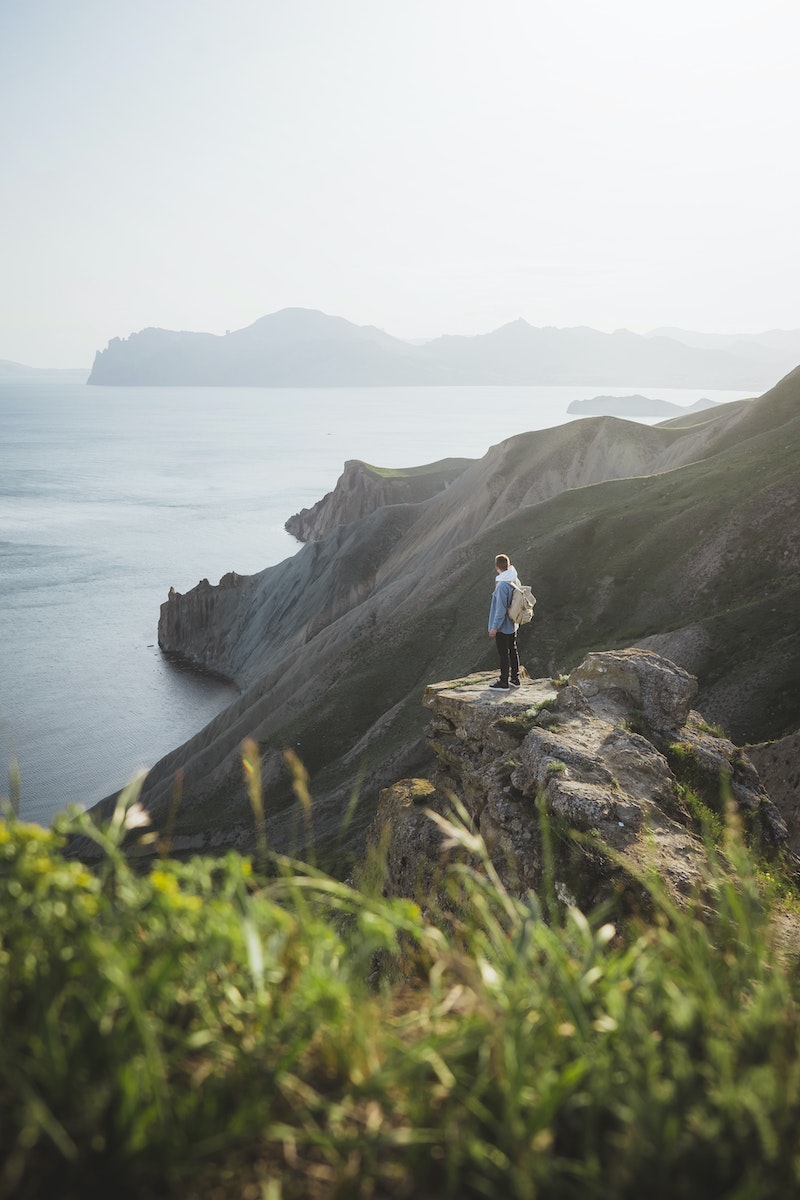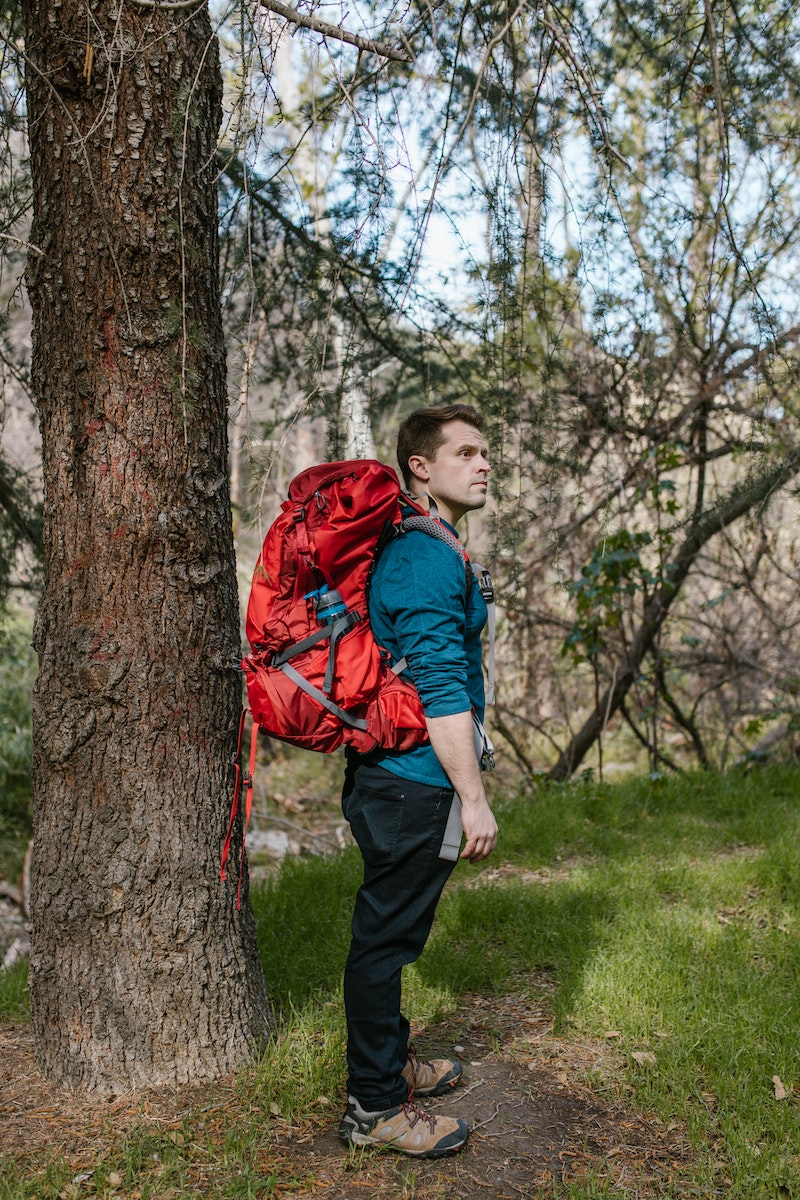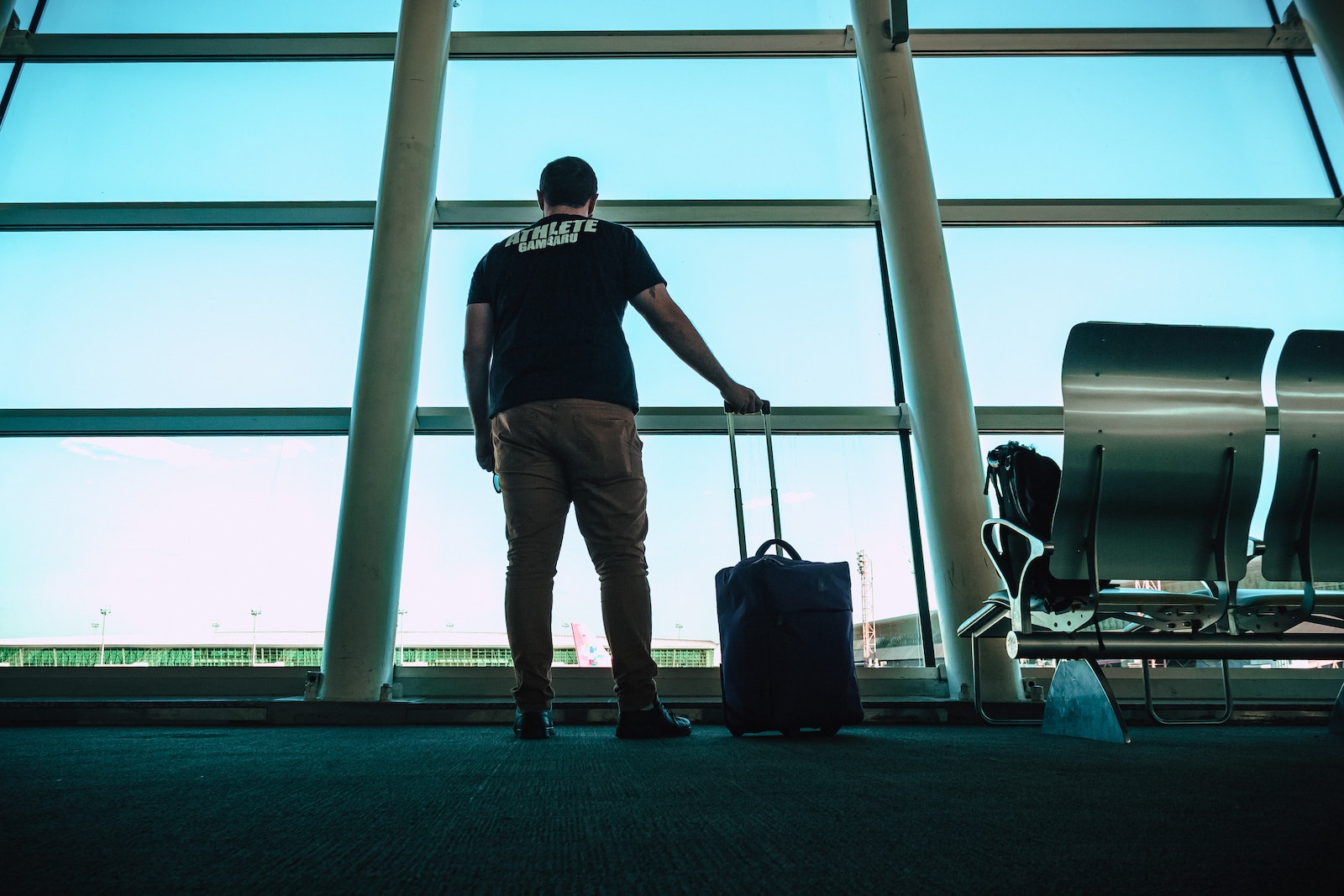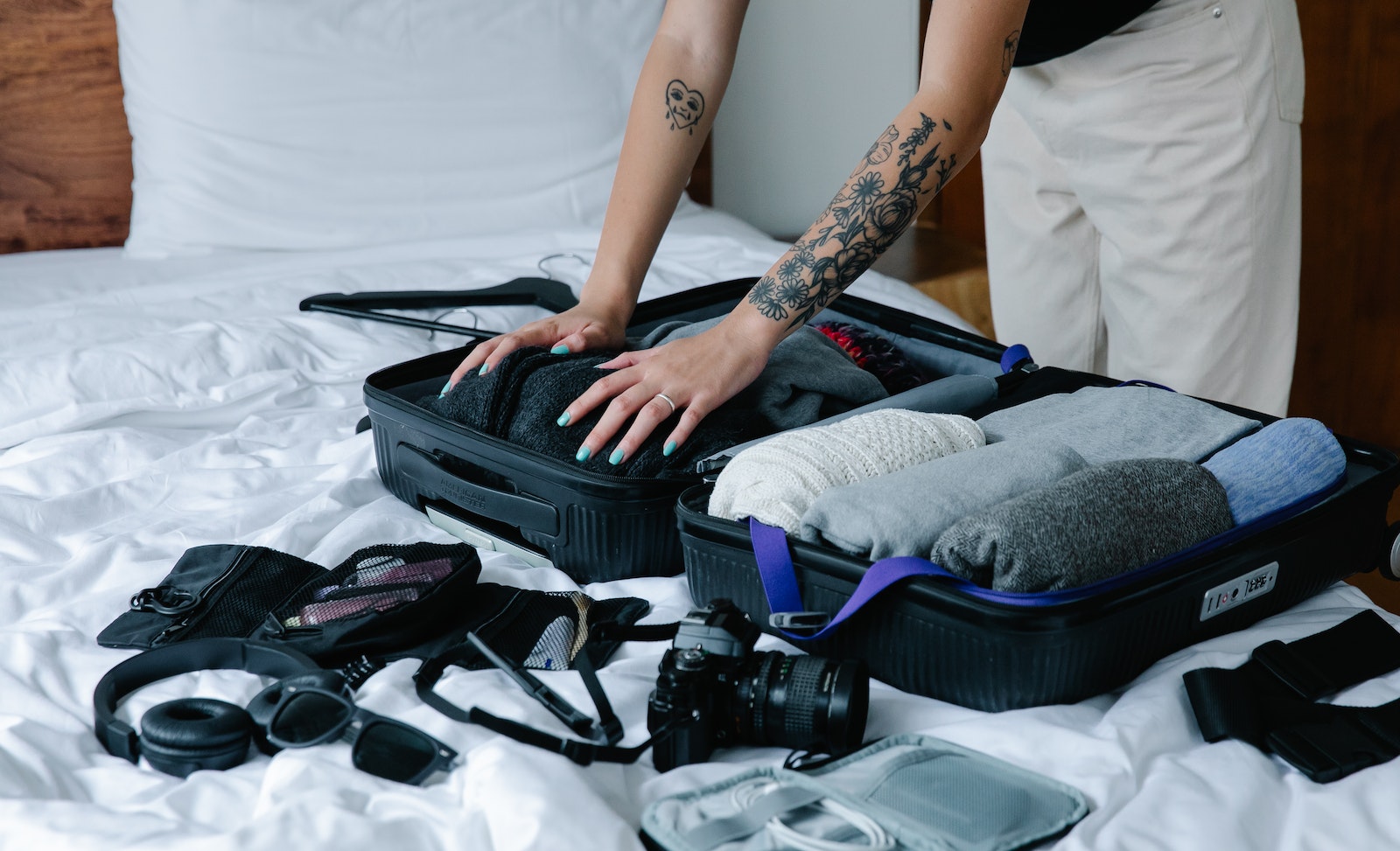Become a Packing Pro. Our Comprehensive Guide Reveals Little-Known Secrets to Pack Smart for Your Solo Adventure. Get Ready for the Trip of a Lifetime.
Packing for a solo trip can be a daunting task, but it’s essential to get it right. Not only does it ensure you have everything you need for a comfortable and enjoyable trip, but it also saves you from the stress and hassle of forgetting important items or overpacking. In this article, we’ll cover the key points to consider when packing for a solo trip, including the essential items to bring, packing tips and tricks, and how to pack efficiently to maximize space and minimize weight. By the end of this article, you’ll have a comprehensive understanding of how to pack for a solo trip like a pro.
Make a Packing List
Traveling solo can be a thrilling and enriching experience, but it can also be stressful if you’re not properly prepared. One of the most important things you can do to ensure a successful trip is to create a packing list.
Avoid Forgetting Important Items
It’s easy to forget something when packing for a trip, especially if you’re traveling alone and don’t have someone else to double-check your bags. By making a packing list, you can ensure that you bring everything you need, from your passport to your toothbrush.
Save Money
Packing the essentials means that you don’t have to spend money on buying items that you forgot to pack, or buying things that you don’t really need.
Pack More Efficiently
Creating a packing list helps you organize your thoughts and plan what you need to bring. This can help you pack more efficiently, saving you time and energy.
When creating a packing list, it’s important to consider the specific needs of your trip.
Tips to create a comprehensive packing list
Research Your Destination
Before packing, research your destination and consider the climate, culture, and activities you’ll be participating in. This will help you determine what clothing and gear you need to bring.
Consider Your Itinerary
Think about what you’ll be doing each day of your trip and pack accordingly. If you’ll be hiking or walking a lot, you’ll need comfortable shoes and clothing. If you’ll be spending time at the beach, pack swimwear and sunscreen.
Check the Weather Forecast
Always check the weather forecast before packing. This will help you pack the right clothing and gear for the conditions you’ll be facing.
Here’s a sample packing list to help you get started:
- Passport/ID
- Travel tickets
- Accommodation confirmation
- Cash and credit cards
- Phone and charger
- Camera and charger
- Toiletries (toothbrush, toothpaste, shampoo, soap, etc.)
- First aid kit
- Clothing (consider the weather and your itinerary)
- Comfortable shoes
- Swimwear and beach towel (if needed)
- Daypack or small bag
- Travel guide or maps
- Snacks and water bottle
- Umbrella or rain jacket (if needed)
Remember, this is just a starting point. Be sure to tailor your packing list to your specific needs and destination. With a little planning and organization, you can pack efficiently and enjoy your solo trip to the fullest.
Choose the Right Luggage
When planning a solo trip, selecting the right luggage can make all the difference. The perfect luggage should be lightweight, easy to carry, and large enough to accommodate all your belongings. Here are some tips to help you choose the right luggage for your solo trip.
Importance of Selecting the Right Luggage
Selecting the right luggage is important for a comfortable and hassle-free trip. The right luggage will depend on factors such as the length of your trip, mode of transportation, and your personal preferences. For example, if you plan to travel by air, you should choose luggage that meets airline size and weight restrictions. You also need to consider the type of trip you are taking, such as backpacking, city-hopping, or a beach vacation.
Different Types of Luggage
There are various types of luggage available, including backpacks, suitcases, and duffel bags. Backpacks are great for travelers who plan to be on the move frequently, such as hikers or backpackers. They are usually lightweight, have multiple compartments, and can be easily carried on your back. Suitcases, on the other hand, are better suited for travelers who prefer a more structured and organized packing experience. They come in different sizes and materials, such as hard-shell or soft-shell, and often have wheels for easy transportation. Duffel bags are a good choice for travelers who want a versatile and flexible option. They are lightweight and easy to carry, but can also be slung over your shoulder for a more comfortable carry.
Tips for Packing Efficiently
Regardless of the type of luggage you choose, it is important to pack efficiently to maximize space and minimize the weight of your luggage. Here are some tips for efficient packing:
- Make a packing list to ensure you don’t forget anything important.
- Roll your clothes instead of folding them to save space.
- Use packing cubes or compression bags to organize and compress your clothes.
- Pack items that can serve multiple purposes, such as a scarf that can also be used as a blanket or a sarong that can double as a beach cover-up.
- Pack your heaviest items at the bottom of your luggage, closest to the wheels or your back.
Choosing the right luggage is an essential part of preparing for a solo trip. By considering factors such as trip length, mode of transportation, and personal preferences, you can select the perfect luggage for your needs. Additionally, by using these tips for efficient packing, you can make the most of the space in your luggage and ensure a comfortable and hassle-free trip.
Pack the Essentials
When traveling solo, it’s important to pack smart and efficiently. This means bringing along the essentials while avoiding overpacking and carrying too much weight. Here are some tips for packing the essentials for your solo trip.
Travel documents and money
Make sure to pack all necessary travel documents, such as your passport or ID card, travel insurance, and any necessary visas. Keep them in a secure and easily accessible place. Additionally, bring along a mix of cash and credit/debit cards for emergencies and daily expenses.
Medications
Pack all necessary medications and prescriptions in their original containers, and make sure to bring enough for the duration of your trip. It’s also a good idea to bring along a small first aid kit with items such as band-aids, pain relievers, and antihistamines.
Toiletries and personal care items
Pack your toiletries and personal care items in travel-sized containers to save space. Choose multi-purpose items such as a 2-in-1 shampoo and conditioner, and pack a small bottle of hand sanitizer. Consider bringing a small towel or washcloth as well.
Clothing and footwear
Choose versatile and comfortable clothing items that can be easily mixed and matched, such as a pair of jeans and a few tops. Pack layers for varying temperatures, such as a light jacket or sweater. For footwear, bring a comfortable pair of walking shoes and perhaps a pair of sandals or dress shoes if needed.
By packing these essential items, you’ll be prepared for any situation on your solo trip. Remember to pack light and avoid overpacking, as this will make your trip much more enjoyable.
Pack for Your Activities

When planning your solo trip, it’s important to consider the specific activities you’ll be doing and pack accordingly. Whether you’re going on a hiking adventure or spending a day at the beach, having the right gear and clothing can make all the difference in your comfort and enjoyment. Here are some tips for packing for different activities:
Hiking
- Choose a comfortable and sturdy pair of hiking boots or shoes.
- Pack lightweight and breathable clothing, such as moisture-wicking shirts and pants.
- Bring a backpack to carry essentials such as water, snacks, and a map.
- Consider packing a rain jacket or other protective gear in case of inclement weather.
Sightseeing
- Choose comfortable shoes for walking, such as sneakers or loafers.
- Pack versatile and lightweight clothing that can be layered for changing temperatures.
- Bring a small daypack to carry essentials such as water, a map, and a camera.
- Consider packing a scarf or hat for sun protection or to add a stylish touch to your outfit.
Beach activities
- Pack a swimsuit, towel, and sunscreen for beach activities.
- Consider bringing a lightweight cover-up or sarong for added sun protection and modesty.
- Pack sandals or water shoes that are easy to slip on and off.
- Bring a waterproof bag or container to protect your phone and other belongings from water damage.
- By packing appropriately for your activities, you can ensure that you’re comfortable and prepared for any adventure that comes your way on your solo trip.
Pack for Emergencies

When traveling solo, it’s essential to be prepared for emergencies. You never know what might happen on your trip, and having the right items can make a big difference in staying safe and handling unexpected situations. In this article, we’ll discuss why it’s important to pack for emergencies and offer tips on what items to pack for different situations.
First, let’s talk about why it’s crucial to pack for emergencies. When you’re traveling alone, you don’t have anyone to rely on but yourself. You might encounter unexpected situations like getting lost, experiencing a power outage, or getting injured. In these cases, having the right emergency items can help you stay safe and get the help you need.
So, what items should you pack for emergencies? Here are a few essential items to consider:
- Flashlight: A small, portable flashlight can be handy if you’re in a dark area or experiencing a power outage. Make sure to pack extra batteries too.
- Whistle: A whistle can be used to signal for help if you’re lost or in danger. It’s also lightweight and easy to pack.
- Portable charger: A portable charger can be a lifesaver if your phone battery is low, and you need to make an emergency call or use your GPS.
- First aid kit: Packing a basic first aid kit with essentials like bandages, antiseptic, and pain relievers can help you treat minor injuries.
- Emergency contact information: Make sure to have a list of emergency contact information with you at all times. This should include the contact information for your hotel, embassy, and any local emergency services.
When packing for emergencies, it’s also important to consider the activities you’ll be doing on your trip. For example, if you plan on hiking, you might need to pack additional items like a map, compass, and extra water. If you’re traveling to a place with extreme weather conditions, you might need to pack extra warm clothing or rain gear.
Finally, it’s essential to stay safe and prepared while traveling solo. Make sure to let someone know your itinerary and check-in with them regularly. Avoid walking alone at night or in unsafe areas, and always trust your instincts if something doesn’t feel right.
Packing for emergencies is an important aspect of solo travel. By packing the right items and staying prepared, you can help ensure a safe and enjoyable trip.
Key Takeaways
- Plan your itinerary in advance and pack accordingly. Make a list of essential items and prioritize them based on your destination, activities, and duration of your trip.
- Pack light and avoid overpacking. Choose versatile clothing that can be mixed and matched, and consider packing travel-sized toiletries to save space.
- Keep important documents and items such as your passport, ID, and credit cards in a secure place like a money belt or hidden pocket.
- Consider investing in quality travel gear such as a sturdy backpack, comfortable shoes, and a lightweight yet warm jacket to make your trip more comfortable.
- Always be prepared for unexpected situations and pack a basic first aid kit, a portable charger, and a backup plan for communication and transportation.
- Pack responsibly and be mindful of the environment. Avoid single-use plastic items and pack reusable containers and water bottles.
- Finally, enjoy the experience of traveling solo! Embrace the freedom and adventure that comes with it and be open to new experiences and meeting new people.
Helpful Table: How to Pack for a Solo Trip
| Item | Importance | Reasoning |
|---|---|---|
| Passport/ID | Essential | Required for identification and travel |
| Credit cards | Essential | Necessary for purchases and emergencies |
| Cash | Important | Useful for places that don’t accept cards |
| Travel itinerary | Important | Helps you stay organized and on schedule |
| Clothing | Important | Versatile and appropriate for your destination |
| Toiletries | Important | Basic necessities for hygiene and comfort |
| Travel gear | Important | Helps you navigate and stay comfortable |
| First aid kit | Important | Useful for minor injuries and illnesses |
| Portable charger | Important | Keeps your devices powered on the go |
| Water bottle | Helpful | Helps you stay hydrated and reduces waste |
| Reusable bag | Helpful | Useful for carrying groceries or souvenirs |
| Travel pillow | Helpful | Increases comfort during long trips |
Final Thought
As a solo traveler, packing for your trip can be both exciting and daunting. In this article, we have covered several key points to help you pack for your solo trip with confidence and ease.
Firstly, we discussed the importance of packing light and packing smart. By carefully selecting versatile clothing and packing only the essentials, you can save space and reduce the weight of your luggage.
Next, we talked about how to pack for different activities such as hiking, sightseeing, and beach activities. We offered tips for packing appropriate gear and clothing to ensure that you are comfortable and well-equipped for each activity.
We also discussed the importance of packing for emergencies. By including items such as a flashlight, whistle, and portable charger in your luggage, you can stay safe and prepared in case of unexpected situations.
We hope that this article has provided you with valuable information and tips to help you pack for your solo trip with confidence and ease. Remember to pack light, pack smart, and be prepared for any situation.
If you’re looking for additional resources or tips for solo travel, be sure to check out our website for more information. Safe travels!
FAQs (Frequently Asked Questions)
1. How do I determine what clothing to pack for a solo trip
Consider the climate of your destination and the types of activities you’ll be doing. Choose versatile clothing items that can be mixed and matched to save space.
2. How much should I pack for a solo trip?
Pack light and only bring the essentials. Consider how long you’ll be gone and what items are necessary for your trip.
3. What kind of bag should I use for a solo trip?
A sturdy backpack or carry-on size luggage is a good option for a solo trip. Make sure it’s comfortable to wear or carry for extended periods of time.
4. How do I keep my important documents safe while traveling solo?
Use a money belt or hidden pocket to keep your passport, ID, credit cards, and other important documents safe and secure.
5. How do I pack toiletries for a solo trip?
Pack travel-sized toiletries to save space, and place them in a clear plastic bag to make going through security easier.
6. What kind of shoes should I pack for a solo trip?
Bring comfortable shoes that are appropriate for your destination and the activities you’ll be doing.
7. What should I do if I forget something important while packing for a solo trip?
Don’t panic! Determine if it’s something you can purchase at your destination, or if it’s absolutely necessary, consider shipping it to yourself.
8. How do I pack for a solo trip during different seasons?
Consider the climate and temperature of your destination during that season. Pack accordingly with appropriate clothing and gear.
9. How do I pack electronics for a solo trip?
Bring a portable charger and pack electronics in a padded case to protect them from damage.
10. How do I pack responsibly for a solo trip?
Avoid single-use plastic items and pack reusable containers and water bottles. Be mindful of your impact on the environment and try to reduce waste where possible.






Leave a Reply